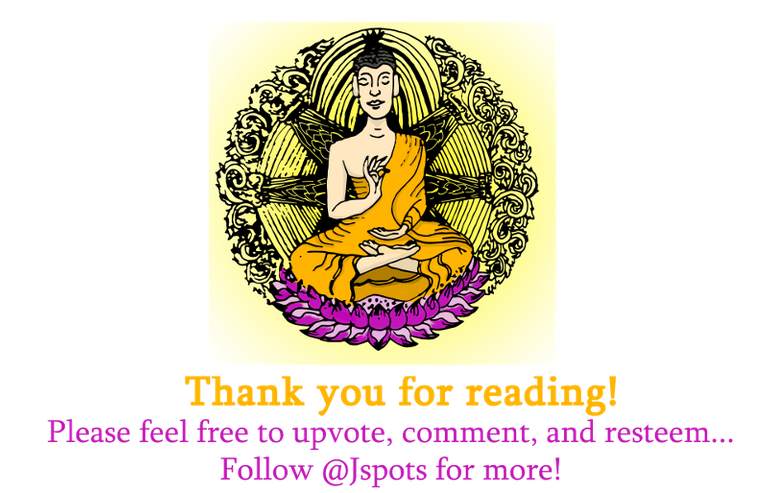This meditation is for when your mind feels cluttered, and for when you feel hassled and anxious. These mental states can draw up all of your attention and energy. Pausing your day for this meditation will help you clear your head of your troubles. The troubles may still be there after the meditation is over, but you will have more energy, patience, resolve, and perspective for having gathered yourself before facing them.
The idea behind this meditation is developing attention to your inner-state. By doing this we can better define the more nebulous thoughts and feelings that can impede us, such as general frustrations, anxieties, and distracted states.
This meditation achieves this attention by associating a sound, a touch, and a physical space to your state of mind, so you may better observe it.

To start, make yourself comfortable in a seated position. Keep your back straight, but don't strain yourself. You may cross your legs, sit in a chair, or sit in the lotus position with a pillow under you. If you feel pain from your position during the meditation, recognize it, but don't let small aches distract you. Just recognize small pains and continue the meditation.
While seated, let your hands fall to your sides and take in five deep breaths to the same count; inhale with a count of five, and exhale with a count of five. With each exhale, focus on the area between your eyes. Move on to step three after five breaths or when you feel somewhat relaxed after a period of steady breathing.
Breath in to a count of five, and when you exhale, say the words "Sa, Ta, Na, Ma", and imagine each syllable moving lower through your head. "Sa" at the top of your skull, "Ta" an inch down, "Na" another inch down at the center of your head, and finally "Ma" for the space between the center of your head and between your eyes. This gathers attention to your headspace by associating a sound and physical area with the state of your internal focus. It may seem absurdly simple to associate a physical space with where your thoughts stem from, but its actually very easy to take our physical heads for granted as the place where our thoughts and perceptions begin.
"Sa, Ta, Na, Ma" is a mantra often used in Kundalini Yoga. It translates to "infinity, life, death, and rebirth," and it will aid your meditation to use the meaning of this mantra as a sort of anchor for any thoughts that occur.
After five rounds of the "Sa, Ta, Na, Ma" association, start a new five rounds and begin to touch your thumb to successive fingers with each syllable: your pointer finger, your middle finger, ring finger, and pinky with "Sa, Ta, Na, Ma." Touching each finger and saying each syllable may start to overcome your attention with too much to focus on, but try to only be aware of this happening as you maintain your focus on the four levels of space from the crown of your head to behind your eyes as you state each syllable and touch the next finger. This will become much easier, and even automatic, after a few rounds of practice.
To improve on this meditation, take away the five-count structure and simply allow yourself to find the rhythm shared between breathing, the focus on your internal state, stating the syllables, and touching your fingers. Add more elements of the practice until you can do all four with greater ease. This meditation also works well as a walking meditation, which adds the extra element of taking steps while you breathe, chant, touch fingers, and visualize your headspace.
Associating a sound, touch, and a physical space with and internal state can be very grounding for your mind- what was once cluttered will become more defined and easier to manage.
Previous Introductions to Various Meditations:
Why Practice Meditation?
Body Scan
Dark Night of the Soul
Walking Power-Breath
Exposure to Fear
Sleep Induction
